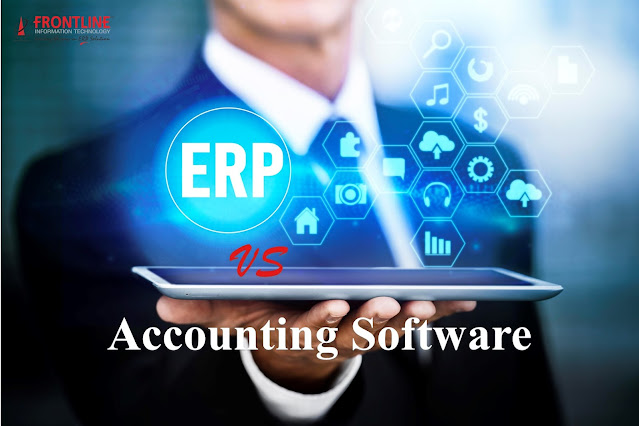What are the Activities to be carried out Post ERP Implementation?
An ERP project implementation is a complex activity. Since the upfront investment of time, money and effort is huge, the life of ERP Implementation is supposed to be anywhere between 10 to 20 years.
The internal ERP implementation team can be authorized to review the status post-implementation. They can improve the ERP application, manage bottlenecks, tweak and improve the system, and look for continual productivity gains and learning.
This team should be made up of both functional and technical personnel. Typically, the system stabilization period lasts from three to nine months. When problems arise, there should be a standard operating procedure that deals with them and that everyone is aware of.
The customer help desk is a call center facility provided by the vendor, which allows the client to log problems that he cannot resolve. In- house help desk needs to be set up to support the end users.
Post-go-live activities are the following:
- Data migration from the legacy system to the new ERP system
- Bottleneck resolution: first, it will be different depending on the project. Second, the cross-functional nature of ERP process design is likely to generate bottlenecks, particularly where different departments have different resources.
- Third, when the actual data entry takes place at the respective departments, manual errors may happen due to the unfamiliarity of the system. Fourth, connection to the old ERP system may affect the performance of the new ERP system.
- To detect bottlenecks-an internal ERP data analysis and organizational analysis are required to be done by the internal ERP review team. Internal ERP analysis is done on the data; exception reports and transaction data are analyzed for new and recurring problems.
- Documentation like user manuals, workflow diagrams, etc., and training are required to be imparted to the end-users before going live.
- Audit and review for comparison between plans and reality, at least on three major parameters, viz. Horizon EBS system design and implementation, expected versus actual system capabilities, planned and actual use.
- Any compromises in the implementation are deviations from a planned implementation- generally to save time or money.
- Interfaces, Upgrades, and Extensions: additional features are done during the upgrades. Interfaces may be tweaked after the implementation of Horizon EBS. Extensions include bolt-in software e.g. CRM integration.
- Evaluating Success: after the stabilization period, cost-benefit analysis or balance scorecard
- approach. Timing is an important factor in the evaluation of success
- Balance scorecard gives the firm multiple objectives from multiple perspectives, including financial, vendors, customers, learning and growth, and internal business processes.
Post-implementation review is a good exercise to learn the following for the implementation:
- Does the software do what is expected of it?
- What are the outstanding or emergent issues?
- What can be learned from the implementation?
- What could have been done better?
- How this can be used in the future?
- What timescale/ budget is required to deal with the remaining issues?
- Has the project been a success?
Frontline Information Technology is a leading provider of ERP results that helps your business run more efficiently and grow. We replace heritage systems to help you in this bid!
With 30 years of experience in ERP development, we offer you our best service throughout implementation and forever. With Horizon EBS , we ensure that your trading and distribution business will flourish in the days to come with a properly streamlined business process




Comments
Post a Comment